Optimal Timing for Butcher Block Installation
Timing for butcher block installations can significantly impact the quality and durability of the finished surface. Optimal periods typically depend on factors such as climate, indoor conditions, and project scheduling. Proper planning ensures the material acclimates correctly, reducing the risk of warping or cracking post-installation.
Spring and early fall are often preferred due to moderate temperatures and humidity levels, which help the wood acclimate properly.
Stable indoor climate with controlled humidity minimizes expansion or contraction of the butcher block material.
Scheduling installations during periods of low humidity and avoiding extreme temperatures can lead to better results.
Allow the wood to acclimate in the installation environment for at least 48 hours prior to fitting.
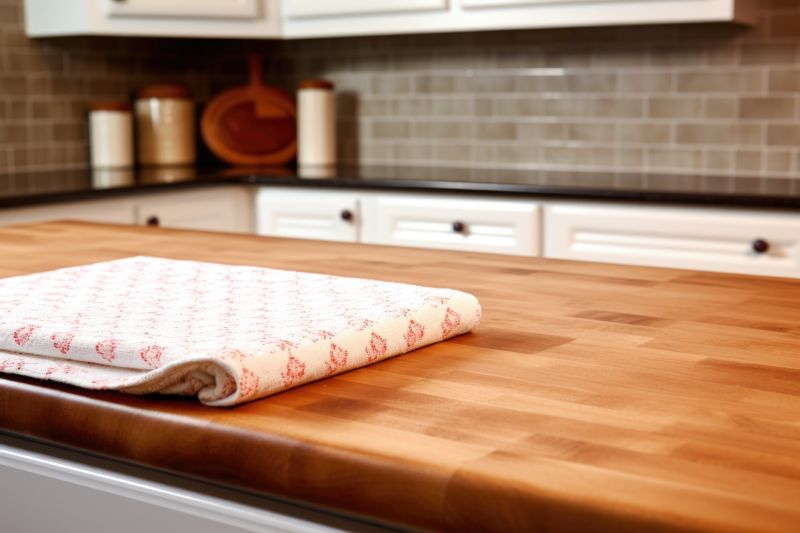
Ways to make Butcher Block Installations work in tight or awkward layouts.
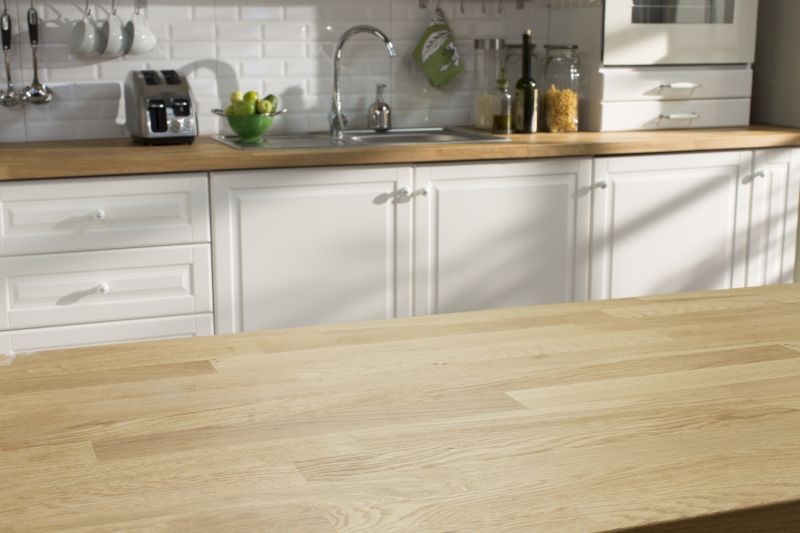
Popular materials for Butcher Block Installations and why they hold up over time.

Simple add-ons that improve Butcher Block Installations without blowing the budget.

High-end options that actually feel worth it for Butcher Block Installations.
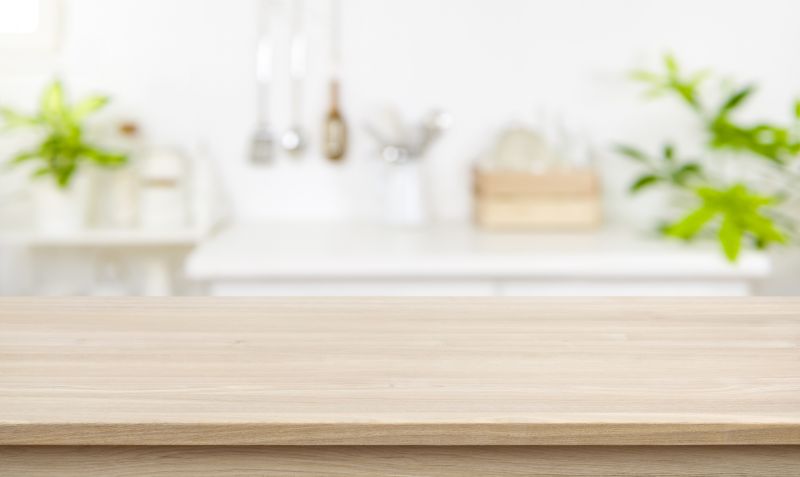
Finishes and colors that play nicely with Butcher Block Installations.
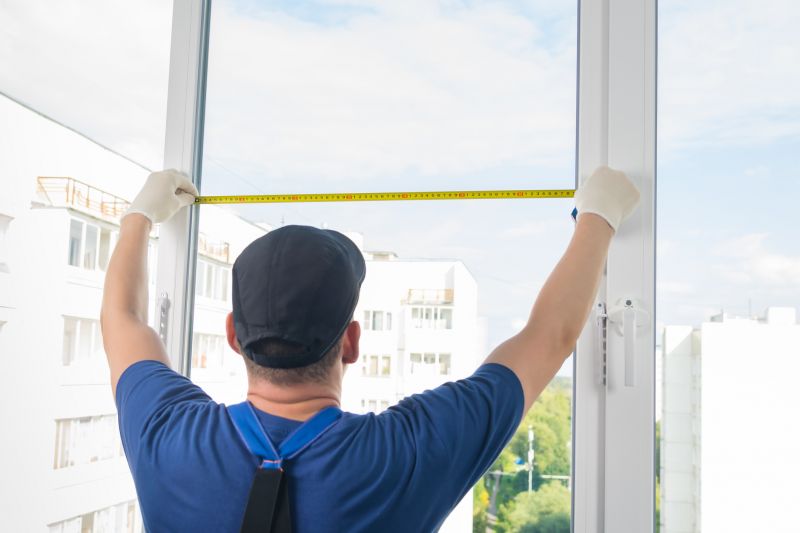
Little measurements that prevent headaches on Butcher Block Installations day.
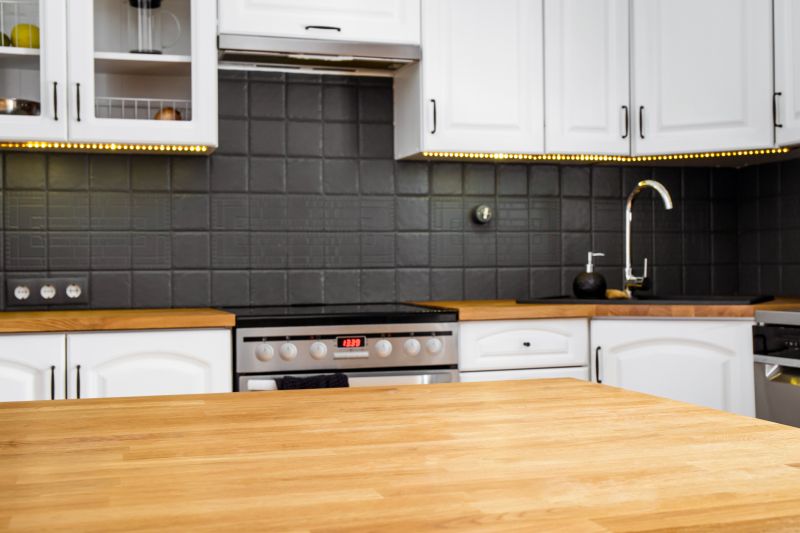
A 60-second routine that keeps Butcher Block Installations looking new.
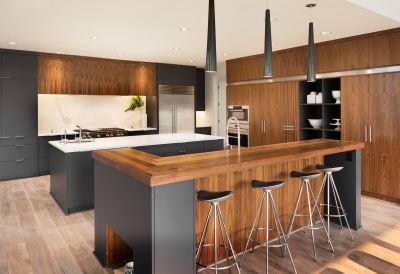
A frequent mistake in Butcher Block Installations and how to dodge it.
Butcher block installations involve precise measurement, acclimation, and careful handling of the wood to ensure a seamless, durable surface. The process includes selecting high-quality materials, preparing the installation site, and allowing the wood to adjust to environmental conditions. Proper installation techniques help prevent issues such as warping, cracking, or uneven surfaces, which can compromise the longevity and appearance of the butcher block.
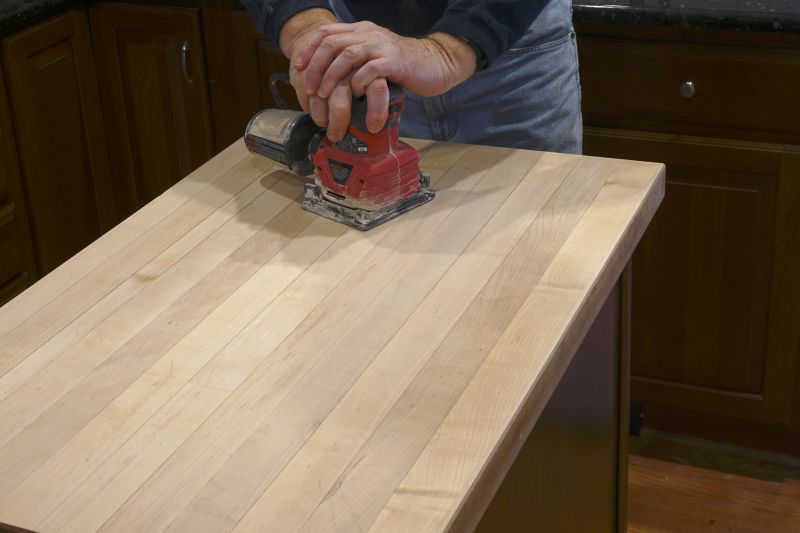
Small tweaks to make Butcher Block Installations safer and easier to use.

Lower-waste or water-saving choices for Butcher Block Installations.

The short, realistic tool list for quality Butcher Block Installations.
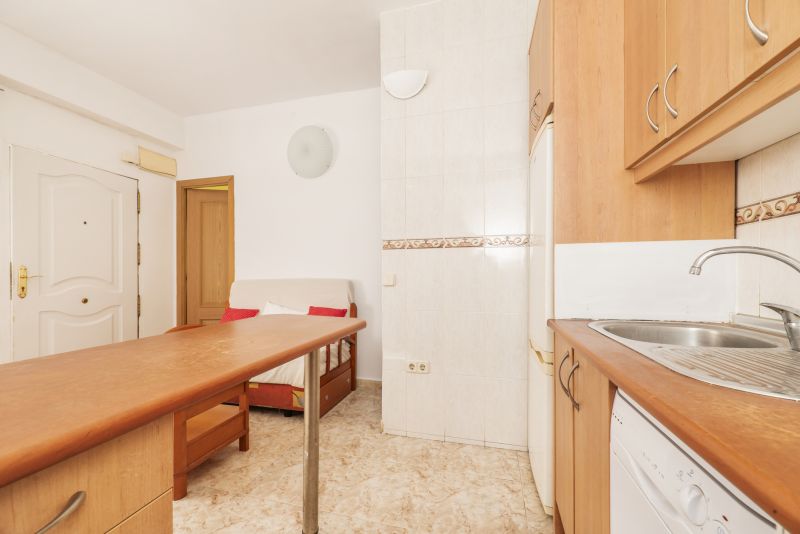
Rough timing from prep to clean-up for Butcher Block Installations.
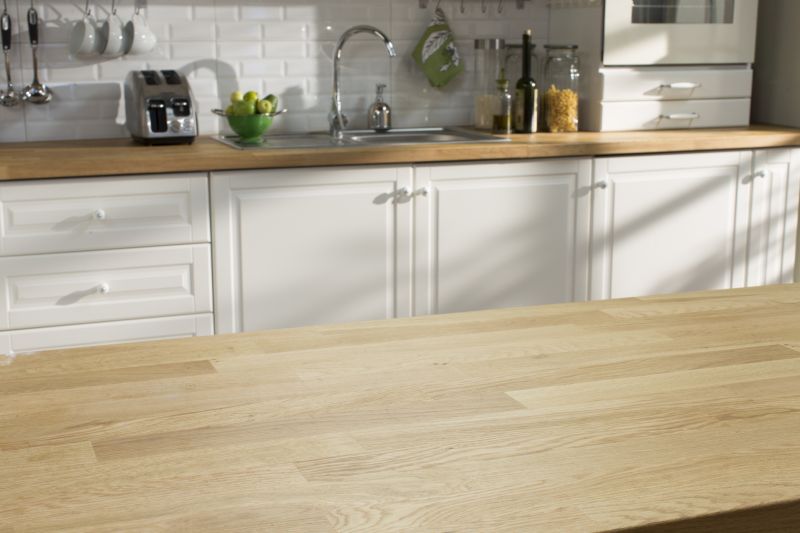
Quick checks and paperwork to keep after Butcher Block Installations.
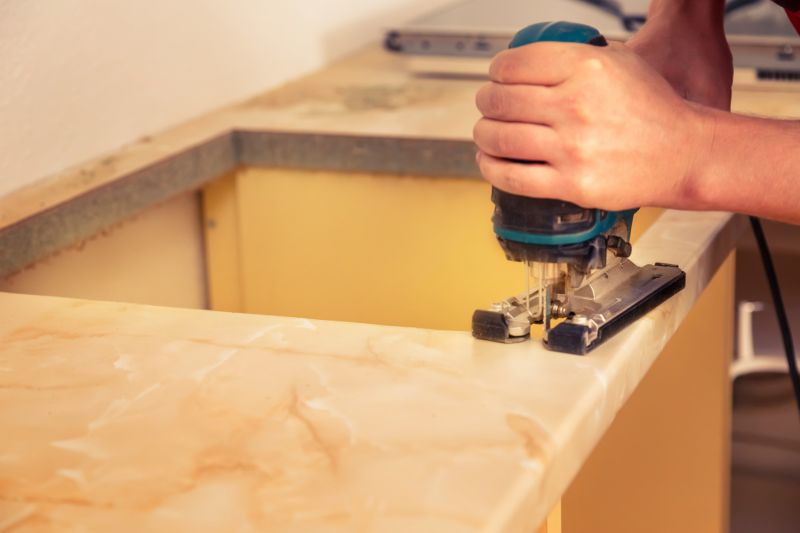
Examples that show the impact a good Butcher Block Installations can make.
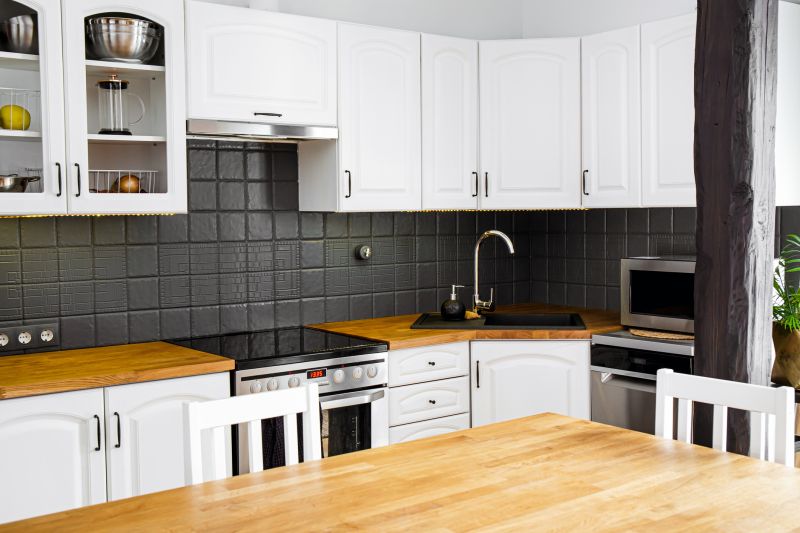
Ways to make Butcher Block Installations work in tight or awkward layouts.
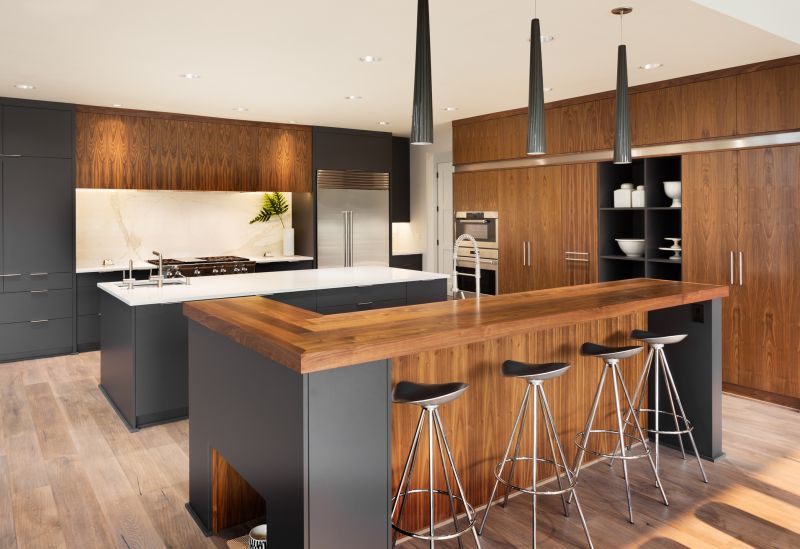
Ways to make Butcher Block Installations work in tight or awkward layouts.
| Season/Time | Best Practices |
|---|---|
| Spring | Ideal for moderate temperatures and humidity; allows wood to acclimate properly. |
| Summer | Possible but requires climate control to prevent warping due to heat and humidity. |
| Fall | Suitable due to cooler weather and stable indoor conditions. |
| Winter | Challenging due to dry indoor air; requires humidity stabilization. |
| During Renovation | Timing during renovation can minimize disruptions and ensure proper acclimation. |
| Off-peak Seasons | May offer scheduling flexibility and cost advantages. |
Filling out a contact form can provide tailored advice on the optimal timing for specific installation projects. Proper planning and environmental management are essential for achieving a high-quality, long-lasting butcher block surface.



